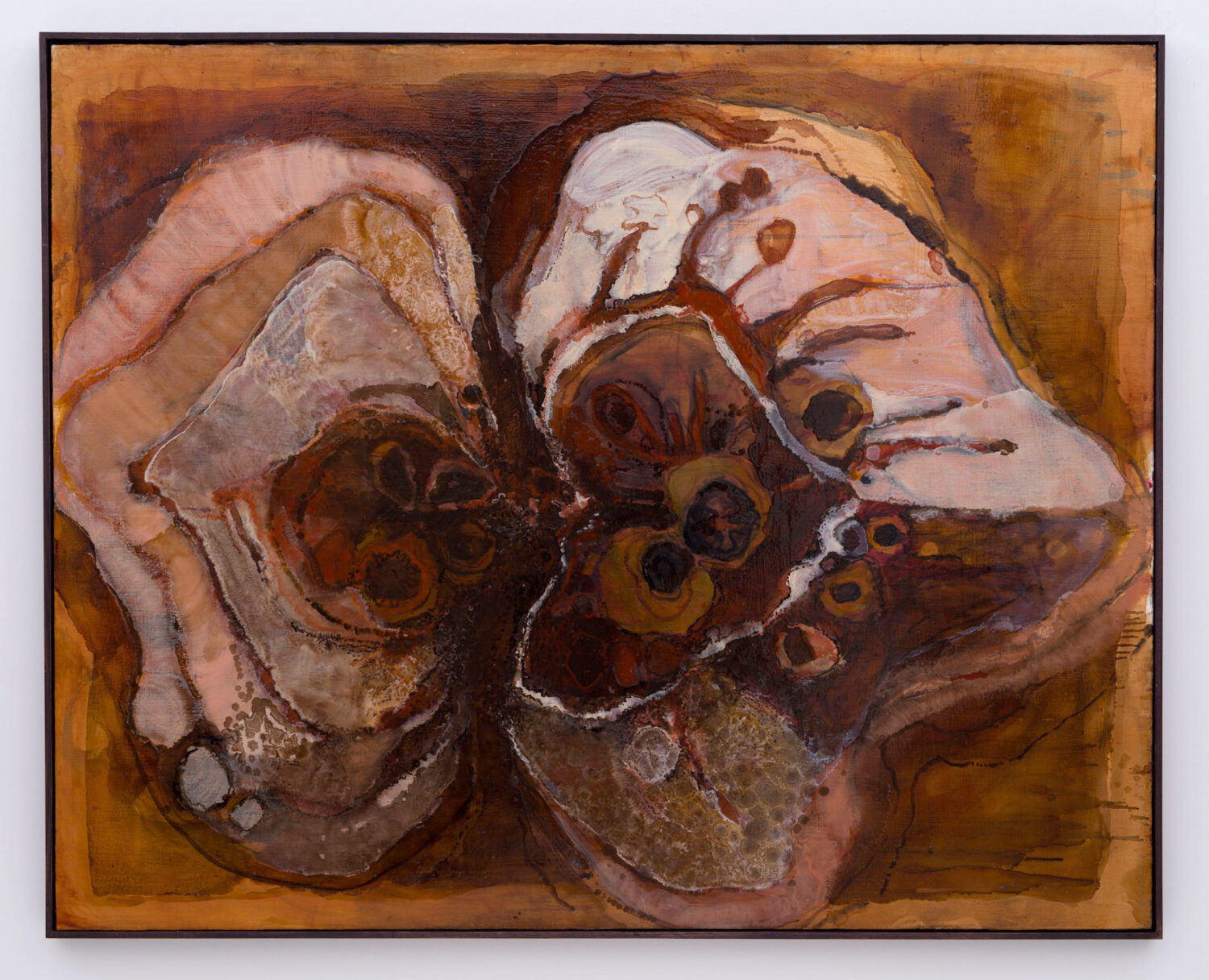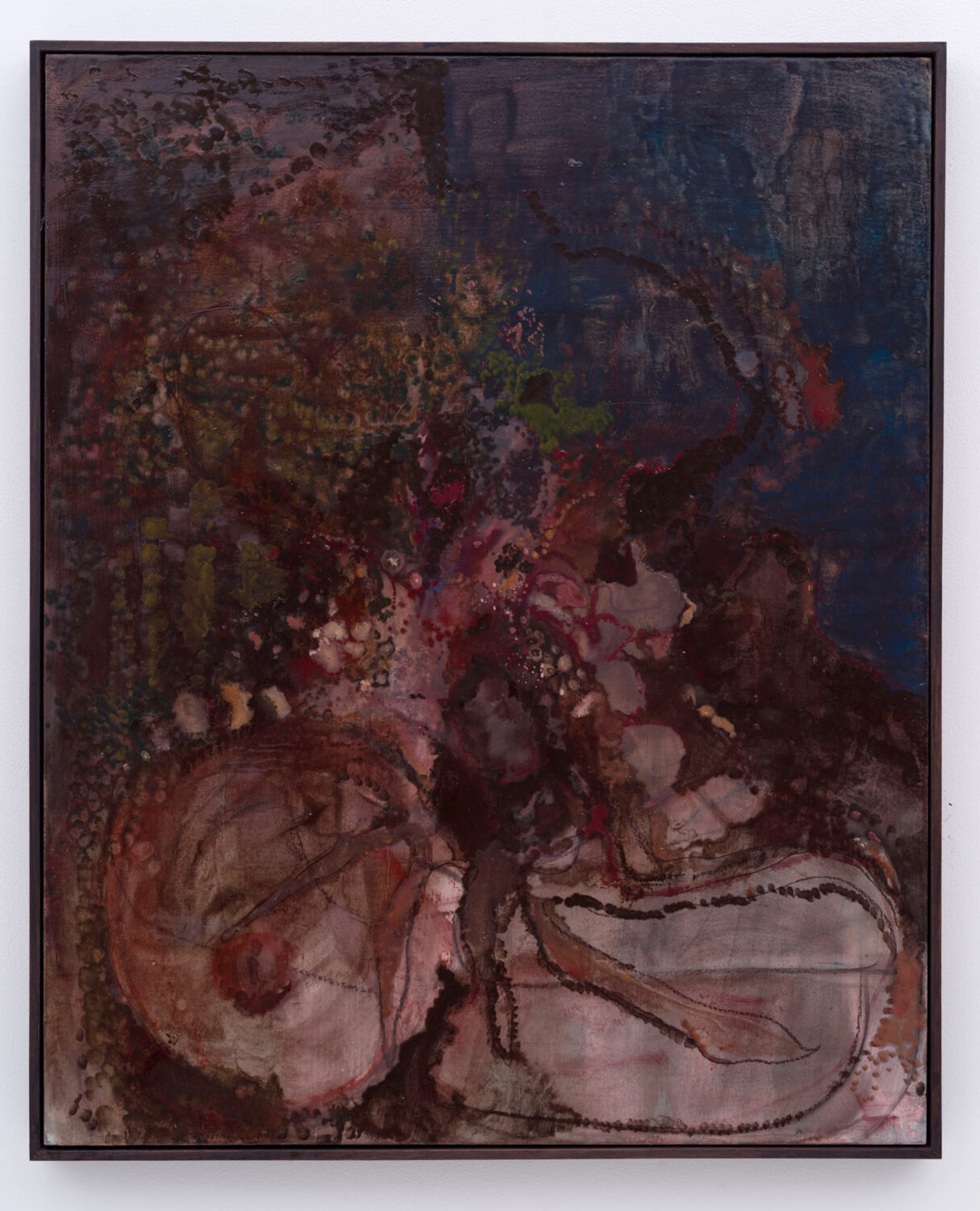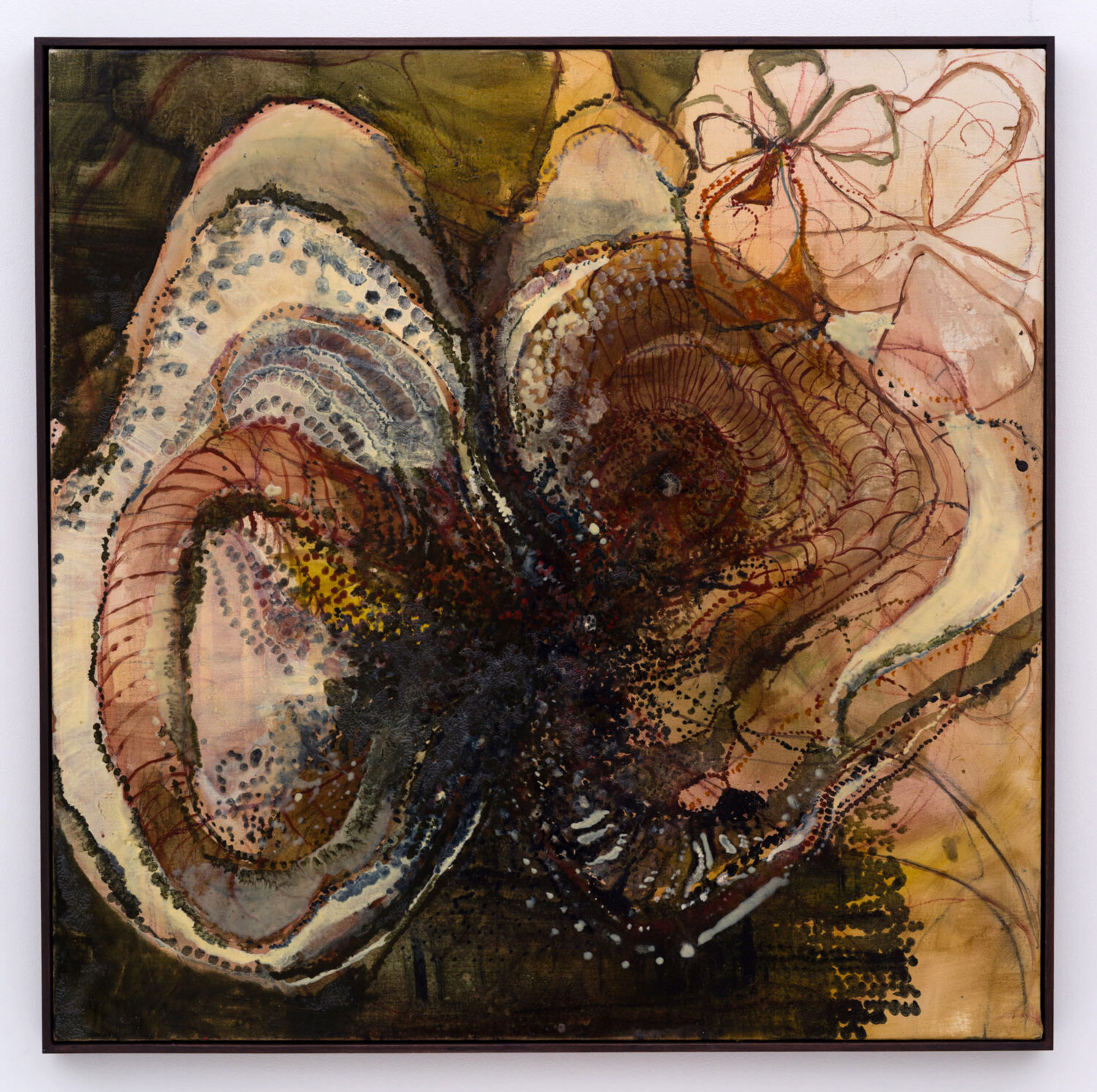Interview: Reina Sugihara on Spatial Memory and the Mono-ha Movement
By Something CuratedTokyo-based artist Reina Sugihara’s paintings are at once viscous and static, depicting haptic moments in which objects and the body become abstracted and reconfigured through the lens of memory. Sculptural in her approach, Sugihara’s works emerge over months, and sometimes years, through a committed process of layering and experimentation. The artist is set to show a new body of work at London gallery, Arcadia Missa; titled Island that does not know the sea, the presentation opens this evening and runs until 12 April 2024. To learn more about Sugihara’s practice and the new exhibition, Something Curated spoke with the artist.

Something Curated: How has the Mono-ha movement influenced you?
Reina Sugihara: Although my own work is very different from the Mono-ha artists, I believe I have been influenced by their attitude towards objects. The Mono-ha endeavoured to explore the relationship between the object and its surroundings by presenting the material almost unprocessed, as it is. This is similar to what I do in the early stages of my painting practice. I think it is crucial to reflect on the object and to explore the relationship you have with it.
SC: Can you expand on your exploration of emotional and spatial memory, particularly in relation to the abstracted objects you paint?
RS: It is not often the case that I start painting with the aim of abstracting images related to objects, but rather the abstraction comes naturally as I paint. The object works as a reminder of where I stand and I always keep it by my side when I am painting.
I believe in the memory power of objects. Perhaps this is partly due to the culture I grew up in, where animism and Shinto thoughts are prevalent. I tend to want to understand the skeleton of things before I start contemplating them —so many of my paintings reflect the skeletal structure of the object I have chosen.
SC: Your works are made up of many layers, which I understand are built up over long periods of time — could you elaborate on your process of making?
RS: Once I have finished researching an object, I move onto painting. Typically, I work on multiple paintings at the same time. I complete them by repeatedly painting and then leaving them alone. I don’t often finish a painting all at once. The first layer is usually a relatively figurative image, but I often feel uncomfortable with it, so I cover it up with gesso.

When the painting leaves me, I stop painting. There are moments when you feel that someone you had a close relationship with is suddenly a stranger. It’s that feeling. Depending on the season (because oil doesn’t dry fast in the winter time), it roughly takes me three to four months to finish one painting, but sometimes it takes me four or five years.
One of the paintings that will be exhibited at Arcadia Missa’s show was started in 2017, but I only finished it last November. I don’t remember what I painted first anymore; it has been repeatedly gessoed, and new paintings have been added on top of it, and the first image has disappeared, leaving only traces.
SC: That’s interesting. Can you talk more about how you’ve approached creating the works for your presentation at Arcadia Missa?
RS: When I got offered my solo exhibition, I began to think about my time studying in the UK. I was 16 years old, and I wanted to channel those giddy and still disorganised feelings I had back then as a starting point for the series of work. Sometimes, what I find by chance, becomes the core object, but this time, I chose the object that seemed to help me recall the memories of that time: the pancreas. I have a small model of a pancreas and an anatomical drawing from the 17th century.

In this exhibition, I plan to show the works that were created in the process of weaving together emotions attached to my own memories and emotions connected to events happening around the world. These emotions were filtered through the model of a pancreas that was always present as an object when I painted – in the pocket of my studio clothes.
SC: What are some of your favourite cultural spaces in Tokyo?
RS: I like manga cafés and a sushi restaurant in Nakano, Tokyo, which is open until the morning. But you can get the best food at Lavender Opener Chair, which is a gallery attached to a diner.
SC: And what are you currently reading?
RS: When I start reading a new book, I can’t stop and it interferes with my studio work, so during the past few months I’ve been reading the same books that I have already read many times: short stories by Edogawa Rampo as well as mangas by Ito Junji and Umezu Kazuo.
Reina Sugihara’s solo show, Island that does not know the sea, runs at Arcadia Missa from 22 February to 12 April 2024.
Feature image: Installation view of Reina Sugihara’s Island that does not know the sea at Arcadia Missa. Photography: Tom Carter. Courtesy of the Artist and Arcadia Missa, London.